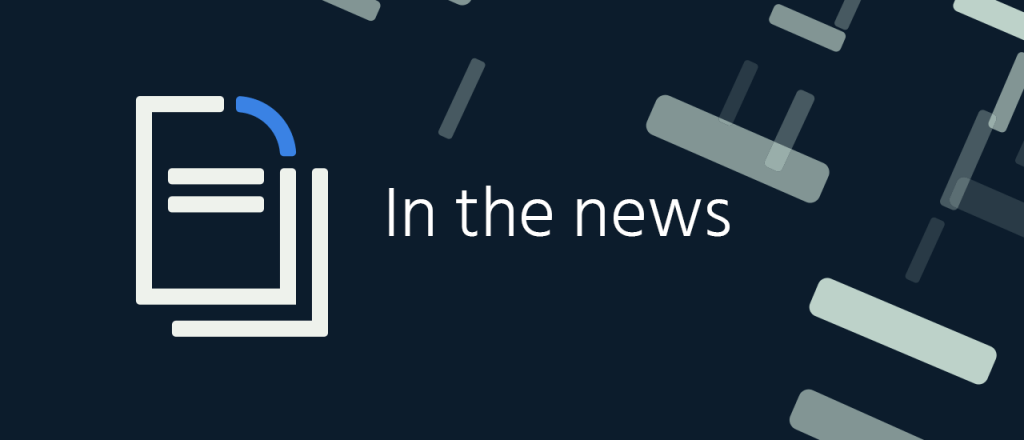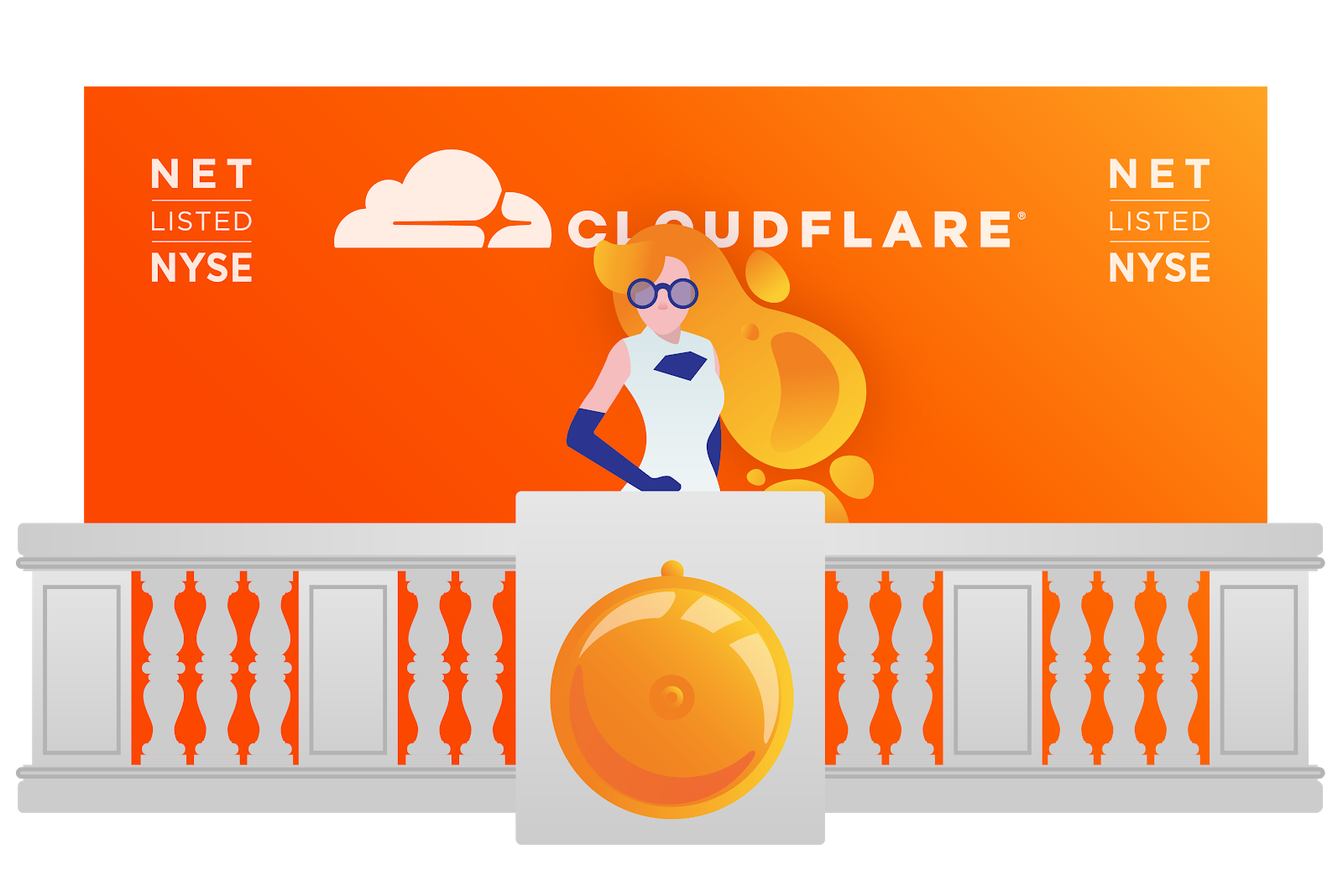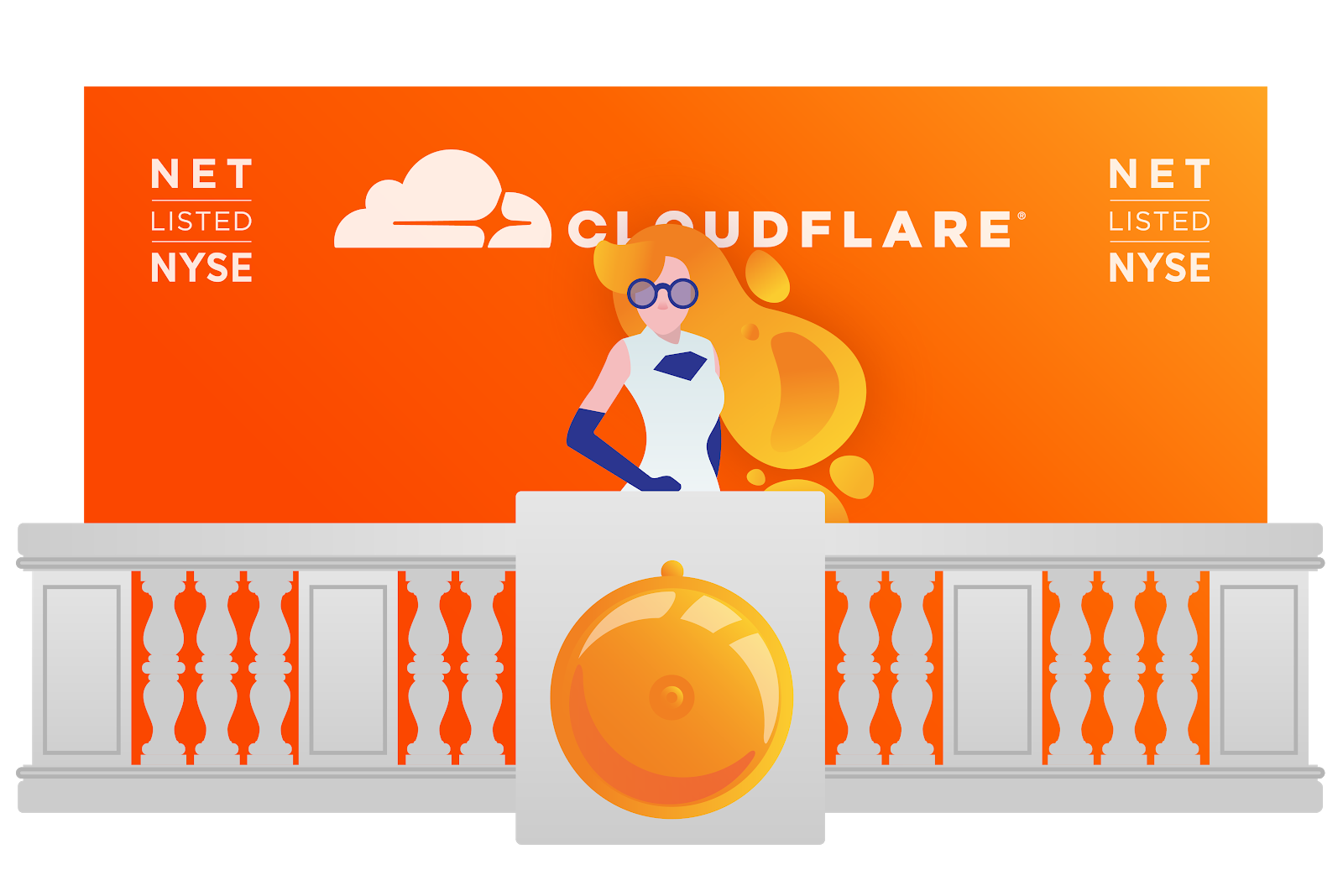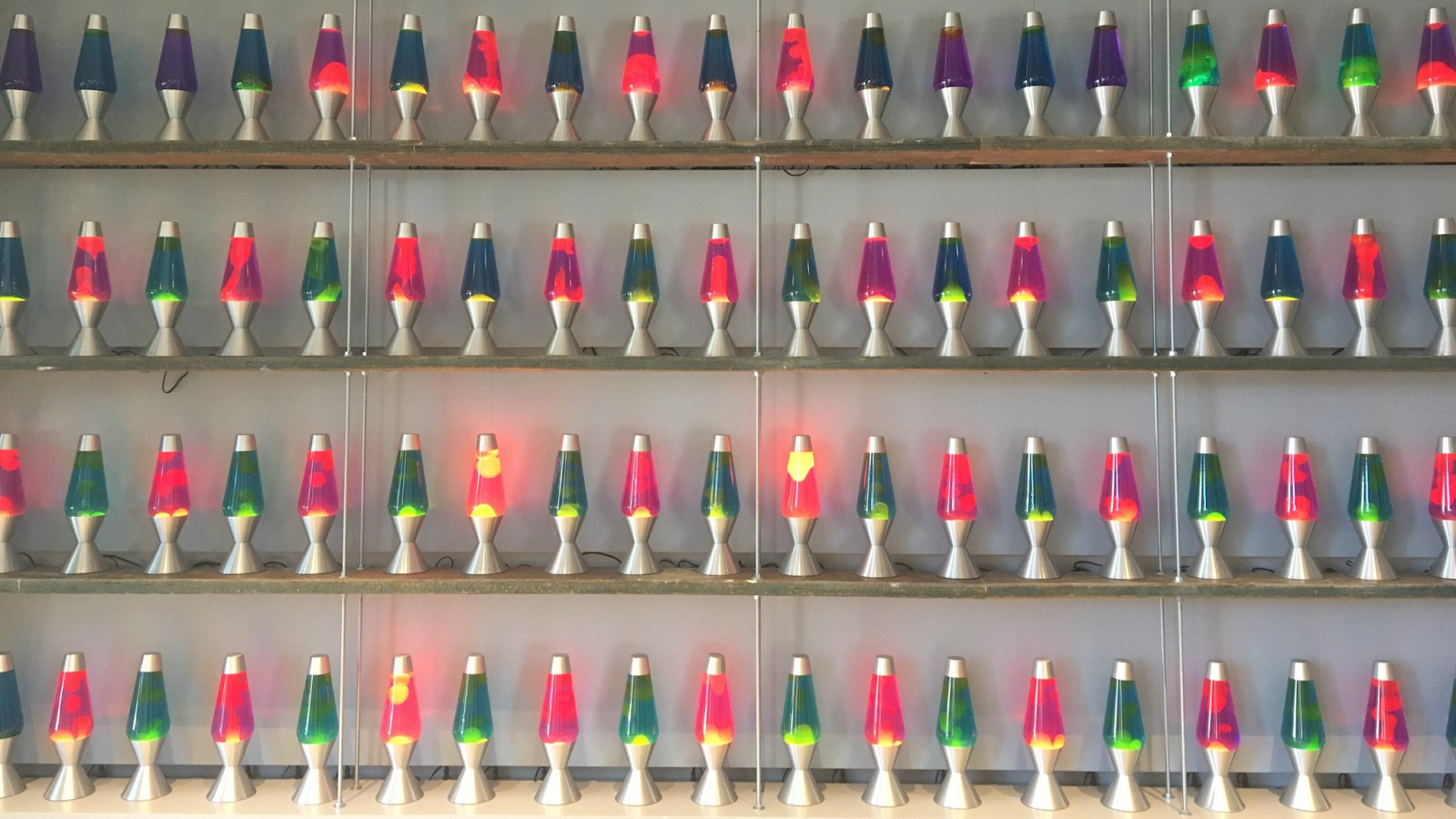The Week in Internet News: Antitrust Investigations of Big Tech Heat Up

Playing monopoly: Antitrust investigations of large U.S. tech companies are launching, with 48 state attorneys general announcing a Google probe, Salon.com reports. The focus is on Google’s alleged domination of online advertising. Meanwhile, the U.S. House of Representatives Judiciary Committee has asked Facebook, Amazon, Apple, and Google parent company Alphabet to turn over documents in its own antitrust probe, CNBC.com says. The House committee seems to be focused on Facebook’s and Google’s recent acquisitions, Amazon’s promotion of its own products, and other issues.
Broadband Island: Anacortes, Washington, on Fidalgo Island near Seattle, is building its own broadband network, Geekwire.com notes. The city is using existing water lines to install fiber optic cable, and the service will cost residential customers $39 per month for 100 Mbps service and $69 for gigabit speeds.
The Internet of Gasoline: Hackers are increasingly talking about ways to target Internet of Things connected gasoline pumps, ZDNet reports. It’s unclear whether hackers are targeting gas pumps as a way to get cheaper gas or for more destructive reasons. Smart electricity meters are also a target, with the goal of reducing bills, the story suggests.
Free the root: CircleID.com has an Continue reading
Tech Bytes: Oracle And The Failsafe SD-WAN (Sponsored)
Today's Tech Bytes dives into failsafe SD-WAN with sponsor Oracle. We discuss how Oracle provides Quality of Experience through techniques such as continuous unidirectional measurement and sub-second response to network events. Our guest is Andy Gottlieb, VP, SD-WAN Solutions at Oracle.Tech Bytes: Oracle And The Failsafe SD-WAN (Sponsored)
Today's Tech Bytes dives into failsafe SD-WAN with sponsor Oracle. We discuss how Oracle provides Quality of Experience through techniques such as continuous unidirectional measurement and sub-second response to network events. Our guest is Andy Gottlieb, VP, SD-WAN Solutions at Oracle.
The post Tech Bytes: Oracle And The Failsafe SD-WAN (Sponsored) appeared first on Packet Pushers.
Why are Upper and Lower Case Glyphs Named ?

Computer keyboard are skeumorphic ?
The post Why are Upper and Lower Case Glyphs Named ? appeared first on EtherealMind.
Juniper NXTWORK 2019
What an amazing year it has been since the last Juniper NXTWORK event. We are heading back to Las Vegas, …
The post Juniper NXTWORK 2019 appeared first on Fryguy's Blog.
Just Published: High-Level Azure Networking Concepts
Last week we started the Microsoft Azure Networking saga that will eventually mirror the AWS Networking materials.
I recorded the hands-on demos in advance so we had plenty of time to discuss Azure API and CLI, geographies, regions and availability zones, high-availability concepts, and deployments models… and spent the second half of the live session focusing on virtual networks, subnets, interface, and IP addresses. The videos are already online and accessible with Standard ipSpace.net Subscription.
Next step (on September 24th): network security and user-defined routes.
If You Travel to Slovenia, You SHOULD NOT Fly with Adria Airways
I apologize to my regular readers for a completely off-topic post, but if I manage to save a single traveller the frustrations I experienced a few weeks ago it was well worth it. Also, please help spread the word…
TL&DR: If you travel to Slovenia, DO NOT even consider flying with Adria Airways (and carefully check the code-share flights, they might be hiding under a Lufthansa or Swiss flight number). Their actual flight schedule is resembling a lottery, and while I always had great experience with the friendly, courteous and highly professional cabin crews, it’s totally impossible to reach their customer service.
2019-09-30: The agony ended sooner than I expected. On September 30th Adria Airways declared bankruptcy, ending the frustration and uncertainty of thousands of passengers they left stranded across Europe for almost 10 days. So long Adria, and thanks for all the good flights (we'll eventually forget all the mess you made in the last year)
2019-09-22: Added updates on what happened during last week. The whole thing is becoming a soap opera
WISP Design – Migrating from Bridged to Routed
TFW adding the 301st subscriber to your bridged WISP….
Why are bridged networks so popular?
- Getting an ISP network started can be a daunting task. Especially, if you don’t have a networking background.
- Understanding L1/L2/L3 is not easy – I spent a number of years working in IT before I really started to grasp concepts like subnetting, the OSI model and Layer 2 vs. Layer 3. It takes a while.
- Bridged networks are very attractive when first starting out. No subnetting is required and the entire network can be NATted out an upstream router with minimal configuration.
What does a “bridged” network look like?
- Bridged networks use a single Layer 3 subnet across the same Layer 2 broadcast domain (typically over switches and software/hardware bridges) which is extended to all towers in the WISP
- Bridging can be done with or without VLANs but they are most commonly untagged.
- The diagram below is a very common example of a bridged WISP network.
What is the difference between switching and bridging?
These days, there isn’t much difference between the two terms, switch is a marketing term for a multiport hardware-accelerated bridge that became popular in the 1990s to Continue reading
WISP Design – Migrating from Bridged to Routed
TFW adding the 301st subscriber to your bridged WISP….
Why are bridged networks so popular?
- Getting an ISP network started can be a daunting task. Especially, if you don’t have a networking background.
- Understanding L1/L2/L3 is not easy – I spent a number of years working in IT before I really started to grasp concepts like subnetting, the OSI model and Layer 2 vs. Layer 3. It takes a while.
- Bridged networks are very attractive when first starting out. No subnetting is required and the entire network can be NATted out an upstream router with minimal configuration.
What does a “bridged” network look like?
- Bridged networks use a single Layer 3 subnet across the same Layer 2 broadcast domain (typically over switches and software/hardware bridges) which is extended to all towers in the WISP
- Bridging can be done with or without VLANs but they are most commonly untagged.
- The diagram below is a very common example of a bridged WISP network.
What is the difference between switching and bridging?
These days, there isn’t much difference between the two terms, switch is a marketing term for a multiport hardware-accelerated bridge that became popular in the 1990s to Continue reading
Server Update
Ahh, the pains of neglecting certain aspects of your life ( like your webserver). Well, I finally showed it some …
The post Server Update appeared first on Fryguy's Blog.
Deutsche Telekom Expands SD-WAN With VMware VeloCloud
In a big win for VMware, Deutsche Telekom this week announced a new partnership to bring VeloCloud...
How Cloudflare and Wall Street Are Helping Encrypt the Internet Today


Today has been a big day for Cloudflare, as we became a public company on the New York Stock Exchange (NYSE: NET). To mark the occasion, we decided to bring our favorite entropy machines to the floor of the NYSE. Footage of these lava lamps is being used as an additional seed to our entropy-generation system LavaRand — bolstering Internet encryption for over 20 million Internet properties worldwide.
(This is mostly for fun. But when’s the last time you saw a lava lamp on the trading floor of the New York Stock Exchange?)

A little context: generating truly random numbers using computers is impossible, because code is inherently deterministic (i.e. predictable). To compensate for this, engineers draw from pools of randomness created by entropy generators, which is a fancy term for "things that are truly unpredictable".
It turns out that lava lamps are fantastic sources of entropy, as was first shown by Silicon Graphics in the 1990s. It’s a torch we’ve been proud to carry forward: today, Cloudflare uses lava lamps to generate entropy that helps make millions of Internet properties more secure.

Housed in our San Francisco headquarters is a wall filled with dozens of lava lamps, Continue reading
Heavy Networking 471: Routing-Centric Transformation With Arrcus’s ArcOS (Sponsored)
Today's Heavy Networking welcomes back sponsor Arrcus to discuss the latest advancements in its ArcOS NOS, including support for Jericho2 ASICs, the new ArcIQ Analytics platform, and the vote of confidence from investors in the form of a $30 million funding round. Our guests are Keyur Patel, CTO and founder; and Murali Gandluru, VP of Product Management.
The post Heavy Networking 471: Routing-Centric Transformation With Arrcus’s ArcOS (Sponsored) appeared first on Packet Pushers.
Istio Routing Basics
When learning a new technology like Istio, it’s always a good idea to take a look at sample apps. Istio repo has a few sample apps but they fall short in various ways. BookInfo is covered in the docs and it is a good first step. However, it is too verbose with too many services for me and the docs seem to focus on managing the BookInfo app, rather than building it from ground up. There’s a smaller helloworld sample but it’s more about autoscaling than anything else.
In this post, I’d like to get to the basics and show you what it takes to build an Istio enabled ‘HelloWorld’ app from ground up. One thing to keep in mind is that Istio only manages the traffic of your app. The app lifecycle is managed by the underlying platform, Kubernetes in this case. Therefore, you need to understand containers and Kubernetes basics and you need to know about Istio Routing primitives such as Gateway, VirtualService, DestinationRuleupfront. I’m assuming that most people know containers and Kubernetes basics at this point. I will focus on Istio Routing instead in this post.
Basic Steps
These are roughly the steps Continue reading
VMware CEO: IBM Paid Too Much for Red Hat
VMware CEO Pat Gelsinger thinks IBM paid too much for Red Hat at $34 billion. Meanwhile VMware paid...
Huawei Offers 5G Technology License Up for Bid to the West
Huawei is desperate to change global perceptions of its business and is willing to license its 5G...



